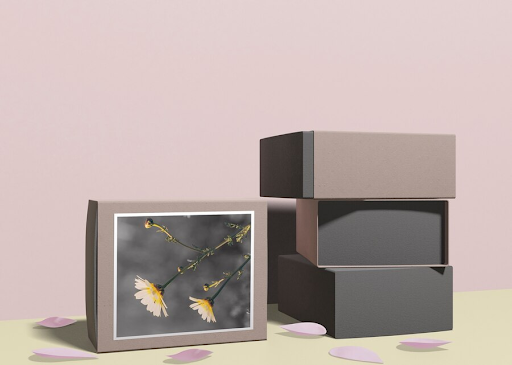When it comes to modern product packaging, there are a variety of trends that we can consider. Some of these include minimalism, interactivity, transparency, and tactile texturing. These trends can help you in your search for the best and most innovative packaging for your products.
Table of Contents
1. Minimalism
Using minimalism in modern product packaging can be a smart choice. It can make your product stand out and draw attention to your branding. In addition, it can be environmentally friendly, which is a growing concern for many consumers.
Minimalist design in general uses a minimalist approach to create a streamlined look and feel. For example, the Six Realm brand’s packaging features gold foil stamping for a high-end, yet modern look. The streamlined design gives the consumer the impression that the company is efficient and sophisticated.
A good minimalistic design strategy should also be consistent across all platforms. This includes a well-planned trail of elements to guide the consumer through the product information.
A good packaging design will also incorporate multi-sensory experiences, such as a well-defined graphical element, a multi-sensory unboxing experience, and a multi-sensory design element. All of these components are necessary to make the best use of minimal design.
2. Transparency
Transparency in modern product packaging is a growing trend that is increasingly important to consumers. Consumers are looking for products that are informative, straightforward, and have clean labels.
In addition, transparent packaging allows consumers to better monitor their consumption. This can help improve food freshness and shelf life. It also allows for more interaction between consumers and brands.
Several studies have shown that consumers are more likely to purchase items with transparent packaging. Some of these findings have focused on a specific product category. However, other studies have delved into how the effect of transparency affects a consumer’s perception of a product.
The study used eye-tracking to measure consumer attention to various types of packaging. Specifically, the researchers examined how the shape and physical characteristics of the packaging affected consumers’ evaluations of the product.
3. Interactivity
Interactive packaging offers a new way for brands to interact with consumers. From augmented reality and QR codes to wireless sensors and color labels, interactive packages can help strengthen consumer connections to the brand. It can also serve as a sales tool and entertainment option.
For years, packaging has been used as a marketing tool to convey information about products. However, technology has made it possible to customize a package in ways that may be difficult or costly to do so using traditional methods.
To create the best interactive package, it is important to think about how the technology fits into your company’s mission statement. Some companies have found that it is beneficial to have a multidisciplinary studio that explores how new and emerging technologies can impact their brands.
4. Tactile Texturing
Tactile texturing in modern product packaging can be a powerful tool to communicate the different properties of a product. It can be a defining component of a brand and can influence consumers’ buying decisions. However, the benefits of tactile texturing are often underestimated in the design process.
While graphic design has long been the main tool used to convey a product’s qualities, the tactile element has only recently become a part of the marketing mix. In recent years, many companies have begun to give their products a signature feel.
A tactile finish can help the brain formulate judgments about quality and usability. This is especially important for fast-moving consumer goods.
Packaging designers need to understand the ways consumers interact with their products. They should also explore new ways to differentiate their products.
5. Sustainability
Sustainable product packaging from packagers like Mitchel Lincoln is a hot topic in the marketplace right now. With more sustainable products entering the market each day, more and more consumers are making the conscious choice to support the environment.
The first step in creating more sustainable packaging is to assess its lifecycle. From raw materials to disposal, every stage of the packaging life cycle can have an impact on the environmental footprint of a product. To measure this, you need to determine how your product uses resources, how much energy is required, and the overall carbon footprint.
You may also consider composting, using less water or energy, and designing your product to be reusable and repairable. These are all ethical options for packaging.
Reusable packaging can be a competitive advantage for companies. It can attract new customers and establish a brand identity that focuses on the environment.











